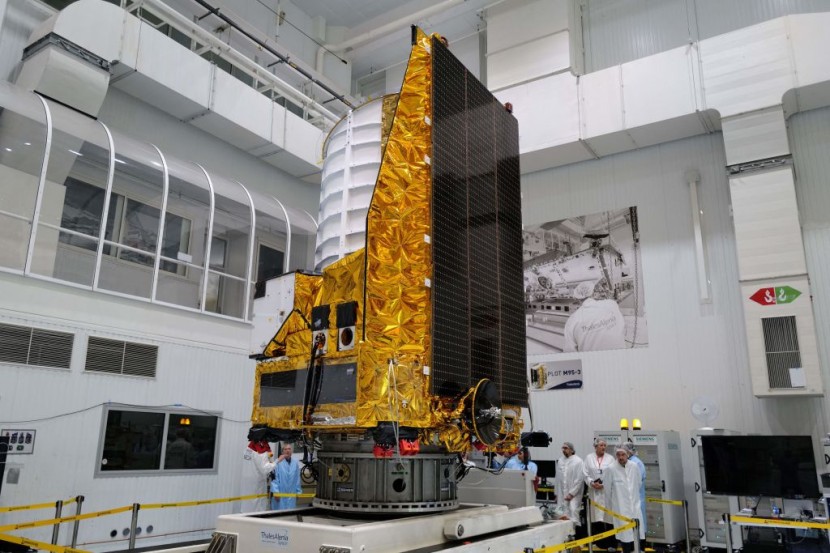
SpaceX has successfully launched the Euclid space telescope as part of a $1 billion European Space Agency (ESA) mission to map and study the "dark universe."
The groundbreaking piece of equipment, named after the Greek mathematician Euclid, will continue on its extraordinary million-mile journey from Florida to unravel the mysteries of the universe.
SpaceX Launches the Euclid Space Telescope
The probe, which weighs roughly two tons, was launched onboard SpaceX's Falcon 9 rocket from Cape Canaveral at around 11:11 a.m. local time. The telescope will be dispatched to an observing position roughly 1.5 million kilometers from our planet.
The primary objective of the billion-dollar mission is to observe and study the large-scale structure of our universe. The Euclid telescope has advanced instruments, including the Visible Instrument (VIS) and the Near Infrared Spectrometer and Photometer (NISP).
It would provide scientists back on Earth with crucial insights through visible imagery, near-infrared spectroscopy, and photometry. Euclid seeks to enhance humans' understanding of the cosmos' evolution by mapping the universe's vast structure, as per WION News.
The process includes mapping the distribution of galaxies and other matter on a grand scale, and the telescope seeks to shed light on the role of dark energy and dark matter in the expansion of the universe.
One of Euclid's main objectives is to measure the redshifts of galaxies, which is the phenomenon where the light emitted by galaxies is stretched with the expansion of the universe.
By analyzing redshifts, scientists can determine the distances to galaxies and accurately map the distribution of matter throughout our universe. The journey would take roughly a month and marks a crucial milestone in our goal of exploring space.
During a live webcast of the space telescope's launch, ESA Director-General Josef Aschbacher said, "We have a mission," just after liftoff. He added that he was excited about the mission with the knowledge that it was on its way to Lagrange Point 2, according to Space.
Efforts To Map, Study the Dark Universe
Scientists believe that dark matter and dark energy make up most of the universe, but they are not visible in wavelengths of light. On the other hand, they can be tracked through the dark universe and its effects on other objects.
For example, gravitational lensing is when a massive object bends the light of a distant object behind through the force of gravity. This brings otherwise faraway stars or galaxies into sharp focus.
Cosmologists work tirelessly to understand how the dark universe behaves to chart the effects of time on our cosmos. Dark energy and dark matter affect the mergers of galaxies, the expansion of the universe, as well as the movements of individual stars.
A physicist at NASA's Jet Propulsion Laboratory, Jason Rhodes, who leads Euclid's U.S. science team, said that the space telescope came at an exciting time in the history of cosmology.
Rhodes noted that Euclid would be great at answering questions that are now just coming into focus among scientists. He added that he believes the space telescope will be "fantastic" for answering questions people have never thought of, said the New York Times.
© 2025 HNGN, All rights reserved. Do not reproduce without permission.








